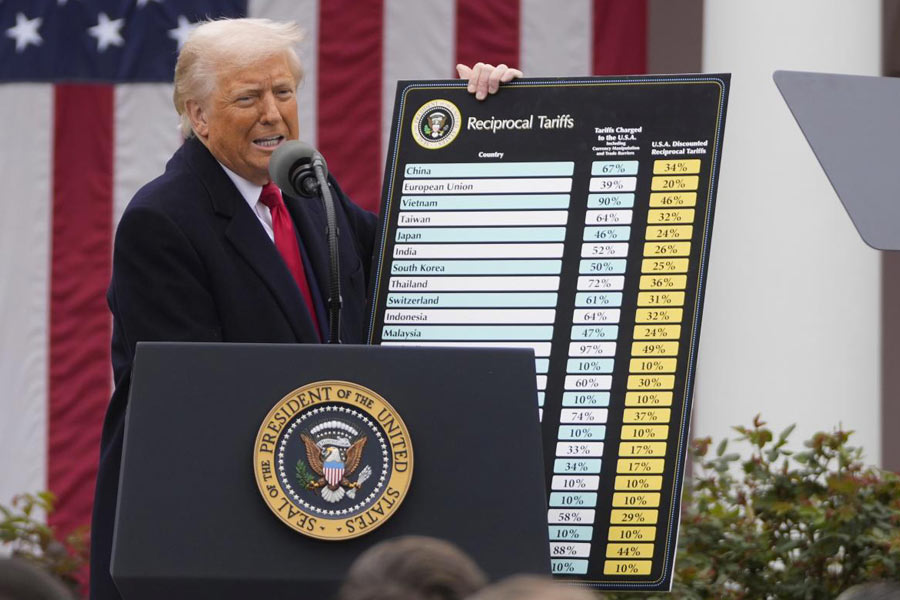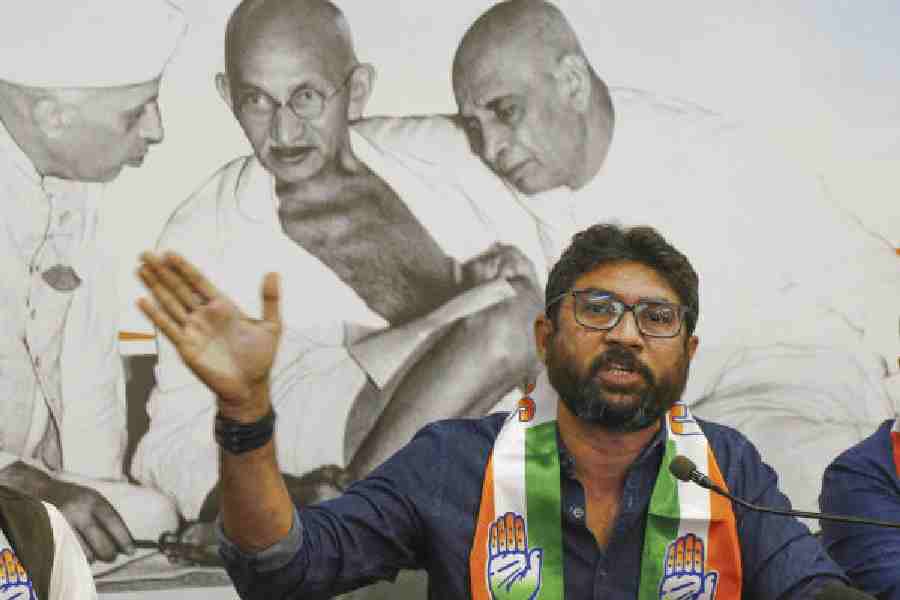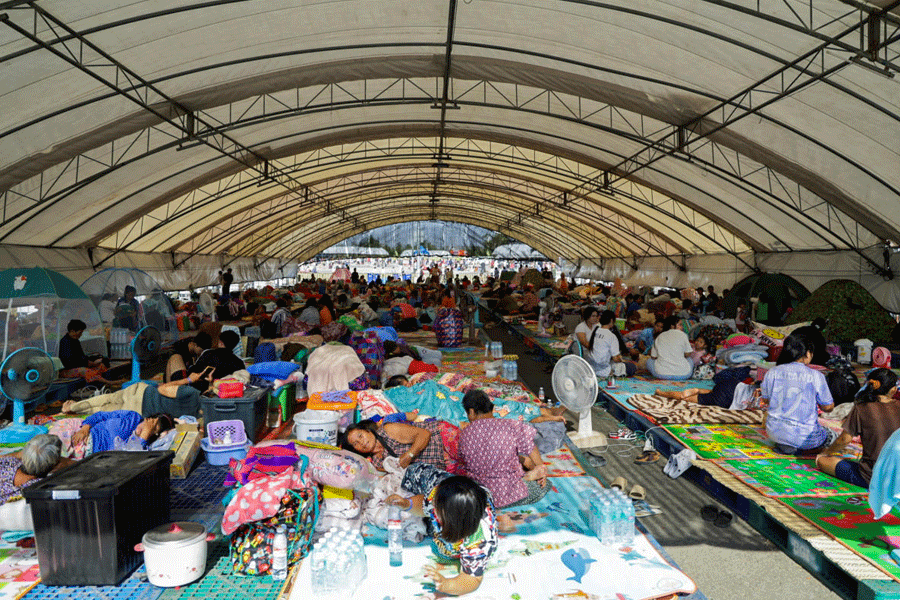Donald Trump’s reciprocal tariff policy, though widely expected, has been criticised by many analysts. There is a baseline 10% tariff on all imports from all countries, including ones that do not have tariffs on imports from the United States of America — Israel is an example. The tariff rate for Chinese imports is 54%; for the European Union, it is 20%; and 10% for the United Kingdom. India has been slapped with a maximum duty of 26% on steel, aluminium and auto parts. While some exemptions have been announced, such as those for the pharmaceutical industry, there is also the indication that more specific tariffs will be announced soon. The responses from political leaders outside the US have, expectedly, been tough. China and the EU have declared their intentions of adopting resolute counter-measures if the tariffs are not removed. Markets have tumbled, both in the US as well as in other nations. India has made a muted announcement, describing the tariffs as a mixed bag but not a setback. New Delhi appears to be anxious not to upset the work being done on a proposed trade deal with the US amounting to $500 billion by 2030.
Mr Trump’s stated expectation, in this context, is that US consumers would be forced to buy home-made products instead of the more expensive imports post-tariffs. New investments, by domestic companies as well as by foreign investors who want to jump the tariff wall, would become feasible. A short bout of inflation, the logic goes, would give way to new manufacturing, incomes, and jobs. This argument is, however, risky at best. The reordering of the location of industries would take a lot of time even if new investors were to factor in a strategy of navigating the spiral of uncertainty that the trade wars are likely to spawn. Consumers in the US will have no choice but to
buy more home-made goods even if they cost more. Higher short-term inflation and slower growth could lead to more unemployment and greater hardships for the US’s residents. There is the distinct possibility that US investors might look at foreign shores as new opportunities open up.
In other parts of the world, the initial deceleration in international trade, especially exports to the US, will be countered by emerging opportunities in new, diversified markets. There could also be an enhanced focus on the home market. Other nations can sell in new places diverting their trade away from the US. There is also the possibility of regroupings by trade partners. However, global output and the volume of trade are bound to shrink in the short term. Given the circumstances, India must keep its options open for moving away from the US as a major trading partner, notwithstanding the ‘friendship’ between Mr Trump and Narendra Modi. America’s ‘Liberation Day’, in Mr Trump’s words, has come and gone. Ironically, in the days to come, it appears that consumers and producers in the US would be distinctly worse off in economic terms.










